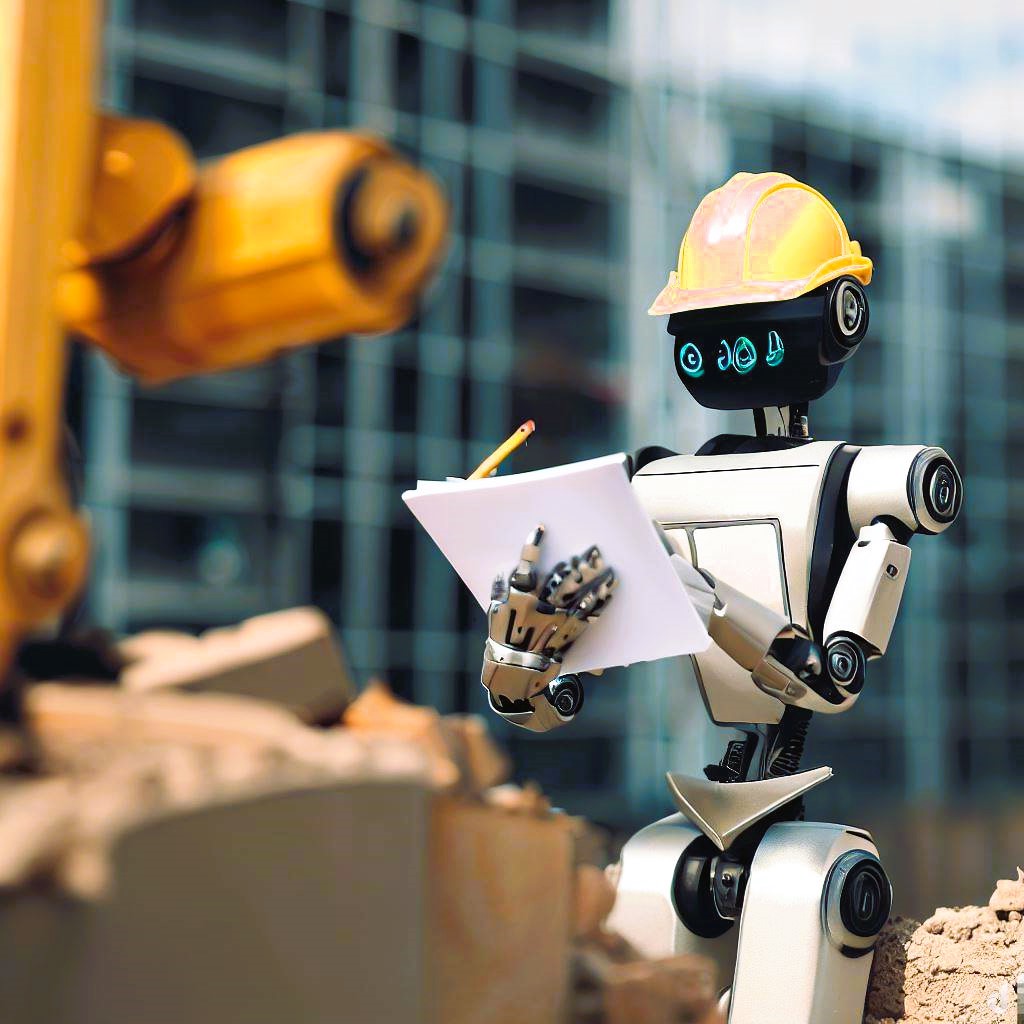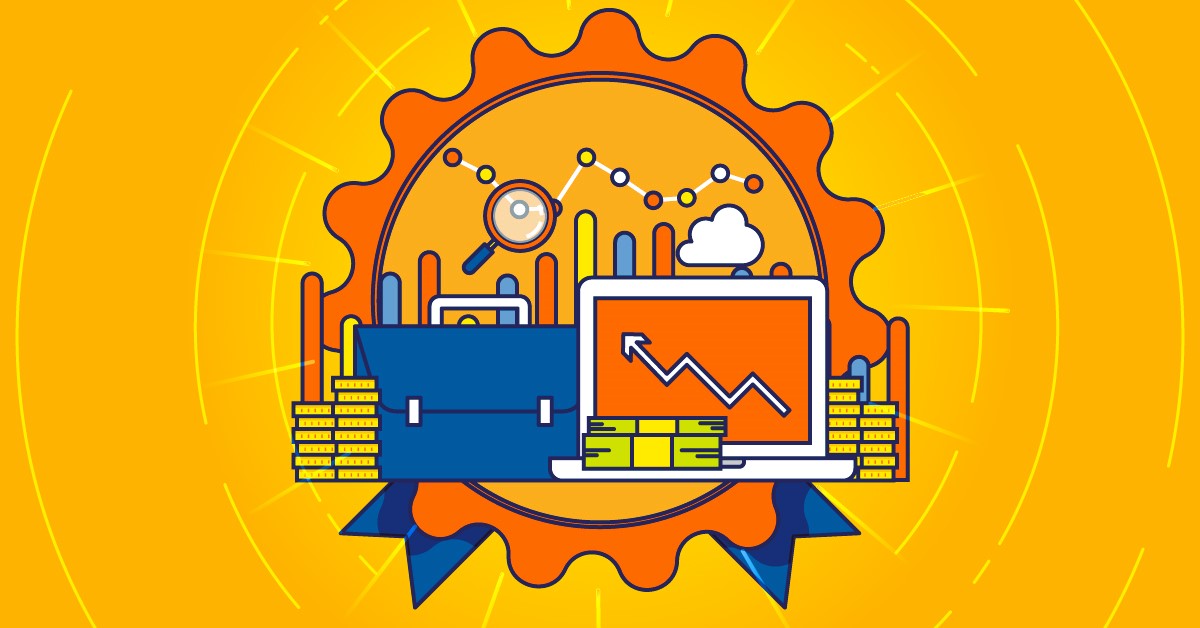Evolution of Construction Data Collection Methods
The construction industry has come a long way in its data collection methods, evolving from manual processes and rudimentary tools to advanced technologies and real-time data analytics. The ability to collect and analyze construction data has become a cornerstone of the industry’s progress, efficiency, and sustainability. In this article, we will explore the fascinating journey of how construction data collection methods have evolved over time and their pivotal role in shaping the modern construction landscape.
Early Days: Manual Data Collection
In the early days of construction, data collection was a labor-intensive and time-consuming process. Architects, engineers, and construction workers relied heavily on manual measurements, sketches, and handwritten records. These manual methods were prone to errors, and data retrieval was often slow and inefficient.
The Advent of Blueprints and Drawings
The introduction of blueprints and technical drawings marked a significant leap in construction data collection. Blueprints provided a standardized way to document construction plans, measurements, and specifications. This visual representation improved communication among construction teams and reduced errors during the construction process.
The Emergence of Surveying Instruments

Surveying instruments, such as the theodolite and transit, became essential tools for collecting precise measurements and mapping out construction sites. These instruments enabled surveyors and engineers to gather accurate data for land preparation, foundation design, and site layout.
Digital Revolution: CAD and BIM
The digital revolution brought about a transformative shift in construction data collection. Computer-Aided Design (CAD) and Building Information Modeling (BIM) software revolutionized the way construction professionals create, store, and access construction data. CAD allows for precise drafting and design, while BIM provides a comprehensive digital representation of a building’s components and systems.
Real-Time Data Collection with IoT
The Internet of Things (IoT) has ushered in a new era of construction data collection. IoT devices, such as sensors and wearable technology, are now embedded in construction equipment and job sites, collecting real-time data on everything from equipment performance and worker safety to environmental conditions.
Drones and Aerial Imaging
Drones equipped with cameras and other sensors have become invaluable tools for data collection in construction. They can capture high-resolution aerial images and 3D models of construction sites, providing a bird’s-eye view of progress and potential issues.
Mobile Apps and Field Data Collection
Mobile applications have transformed field data collection in construction. Workers can use smartphones and tablets to input data, record observations, and access project information on the go. This real-time data sharing improves communication and decision-making on construction sites. Sustainable Construction Practices: Data Trend Analysis.
Data Analytics and Artificial Intelligence
The integration of data analytics and artificial intelligence (AI) has empowered construction professionals to extract valuable insights from vast amounts of data. Predictive analytics can forecast project delays, cost overruns, and potential safety hazards. AI-powered algorithms can optimize construction schedules and resource allocation.
Sustainability and Environmental Data

Sustainability has become a key focus in construction, and data collection methods have adapted to address environmental concerns. Construction data now includes information on energy efficiency, material sustainability, carbon emissions, and waste reduction, allowing for more sustainable construction practices.
Link to Sustainability Standards: Sustainability Standards – Wikipedia
Future Trends in Construction Data Collection
The future of construction data collection holds even more exciting developments. Some emerging trends include:
- Augmented Reality (AR): AR technology will provide on-site workers with real-time information and visual overlays, enhancing decision-making and reducing errors.
- Blockchain for Data Security: Blockchain technology can ensure the security and integrity of construction data, preventing unauthorized changes or data breaches.
- Robotics and Automation: Robotics will play a more significant role in data collection through autonomous construction equipment and robotic site inspections.
- Advanced Materials Data: Data collection methods will focus on the analysis and integration of data related to innovative construction materials, enhancing sustainability and durability.
Conclusion
The evolution of construction data collection methods reflects the industry’s ongoing commitment to efficiency, accuracy, and sustainability. From manual measurements to real-time IoT data, these methods have transformed the way construction projects are planned, executed, and monitored. As technology continues to advance, construction data collection will remain a driving force behind the industry’s growth and evolution.
